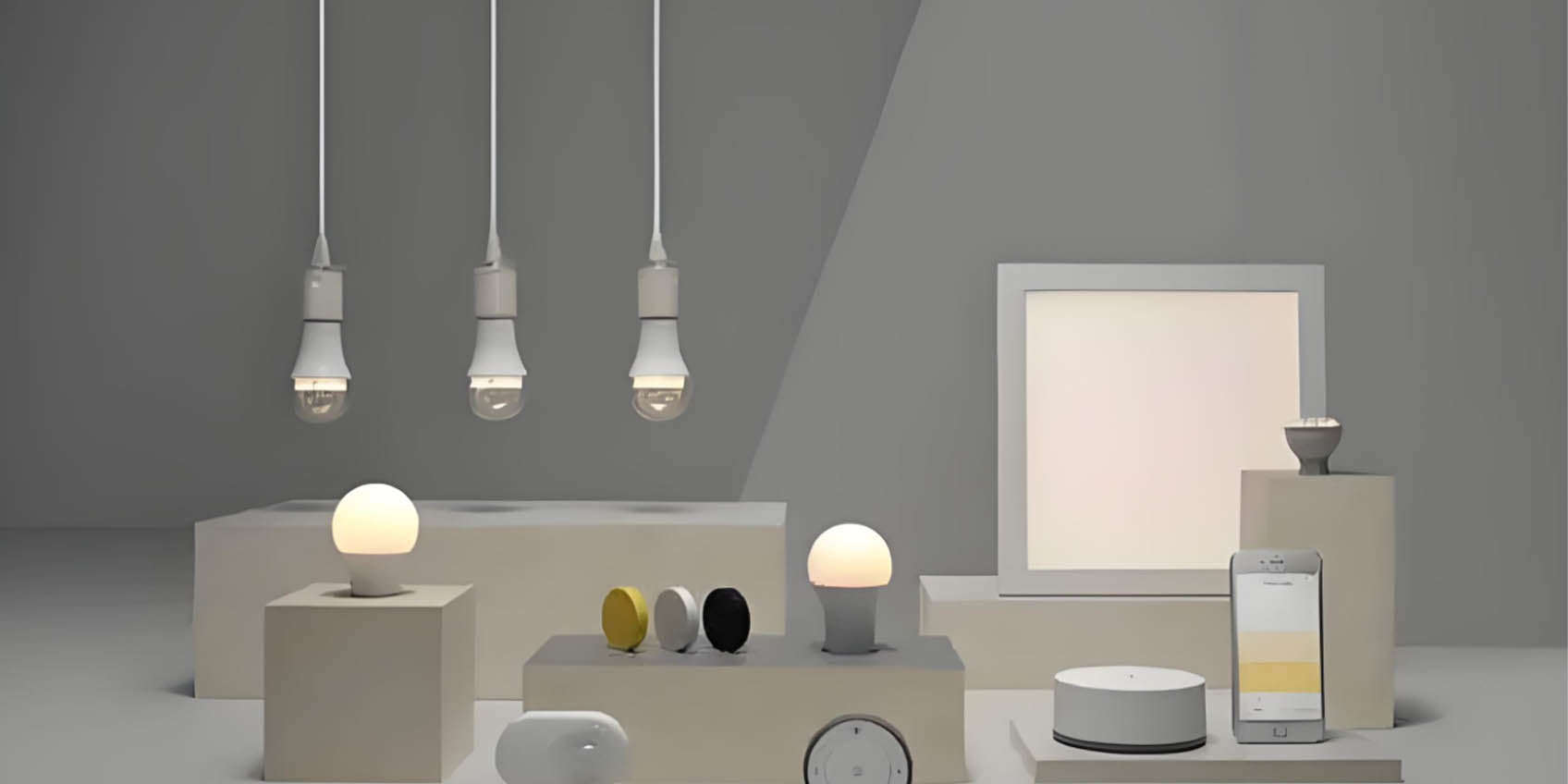Light Sensors vs. ToF Sensors: Differences and Synergies in Modern Technology
(2024年09月19日)In modern technology, light sensors and Time-of-Flight (ToF) sensors serve as critical components, each with distinct operating principles and application domains. While both involve detecting and measuring light, they operate differently. In some applications, these sensors can work together, complementing each other to improve overall system performance and functionality.
Overview of Light Sensors
Light sensors are devices that convert light signals into electrical signals. These sensors use elements like Light Dependent Resistors (LDRs), photodiodes, or photocells to sense light.
For instance, an LDR changes its resistance based on light intensity. When more light strikes its surface, the material's resistance decreases, and when light decreases, the resistance increases. This interaction between light and the material is then converted into an electrical signal.
The signal is processed through circuits that amplify, filter, and calibrate the data, producing a voltage or current output corresponding to the light intensity. This ability to sense and process light variations makes light sensors ideal for applications such as automatic light control and environmental monitoring.

Time-of-Flight (ToF) Sensors: An Overview
ToF sensors work on a different principle—they measure the time light takes to travel from a sensor to an object and back. By measuring this time-of-flight, the sensor calculates the exact distance between the sensor and the object.
ToF cameras provide detailed depth information and are commonly used in applications like 3D imaging, robotics, autonomous driving, and virtual/augmented reality (VR/AR). Their ability to provide precise distance measurements makes them ideal for tasks that require spatial awareness.
Key Differences Between Light Sensors and ToF Sensors
1. Operating Principle:
Light Sensors: Detect light intensity and convert it into electrical signals. These sensors are widely used in systems that control lighting, such as in smart home solutions or industrial lighting.
ToF Sensors: Measure the time taken for light to travel to an object and back, providing accurate distance data. They are commonly used in 3D modeling, depth sensing, and obstacle detection.
2. Application Areas:
Light Sensors: Used in applications like smart lighting systems, agriculture, and industrial light monitoring. They adjust lighting based on ambient conditions, making spaces energy-efficient.
ToF Sensors: Employed in fields such as robotics, autonomous vehicles, and VR/AR, where distance and depth sensing are crucial for navigation, interaction, and environmental mapping.
3. Data Output:
Light Sensors: Generate voltage or current signals that correlate with light intensity.
ToF Sensors: Provide precise distance measurements and can generate 3D models of the surrounding environment.
4. Technical Focus:
Light Sensors: Concentrate on detecting and adjusting to light intensity for energy efficiency and environmental monitoring.
ToF Sensors: Provide detailed spatial information, enabling advanced features like object recognition and 3D spatial mapping.
Complementary Applications of Light Sensors and ToF Sensors
In many advanced systems, light sensors and ToF sensors can be combined to improve system functionality:

Smart Home Systems: Light sensors can control room lighting based on ambient conditions, while ToF sensors can track object positioning and provide depth information, improving energy efficiency and user comfort.
Autonomous Driving: Light sensors can adjust headlights based on environmental light, while ToF sensors offer precise distance measurement for obstacle detection, enhancing safety in diverse lighting conditions.
Augmented Reality (AR): Light sensors can adjust the brightness of virtual objects based on real-world lighting, while ToF sensors generate detailed 3D models of the surroundings, improving interaction between virtual and real objects.
Conclusion
While light sensors focus on detecting light intensity and ToF sensors measure distance through light pulses, they are both integral to modern technologies. Their complementary roles in applications like smart homes, autonomous driving, and AR provide enhanced performance and create smarter, more efficient systems. Understanding how these sensors work individually and together is key to optimizing technology solutions.
Synexens 3D Of RGBD ToF Depth Sensor_CS30https://tofsensors.com/collections/time-of-flight-sensor/products/rgbd-3d-camera

After-sales Support:
Our professional technical team specializing in 3D camera ranging is ready to assist you at any time. Whether you encounter any issues with your TOF camera after purchase or need clarification on TOF technology, feel free to contact us anytime. We are committed to providing high-quality technical after-sales service and user experience, ensuring your peace of mind in both shopping and using our products
- このできごとのURL:



コメント